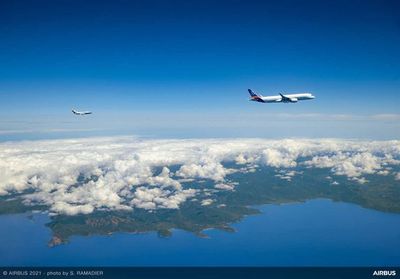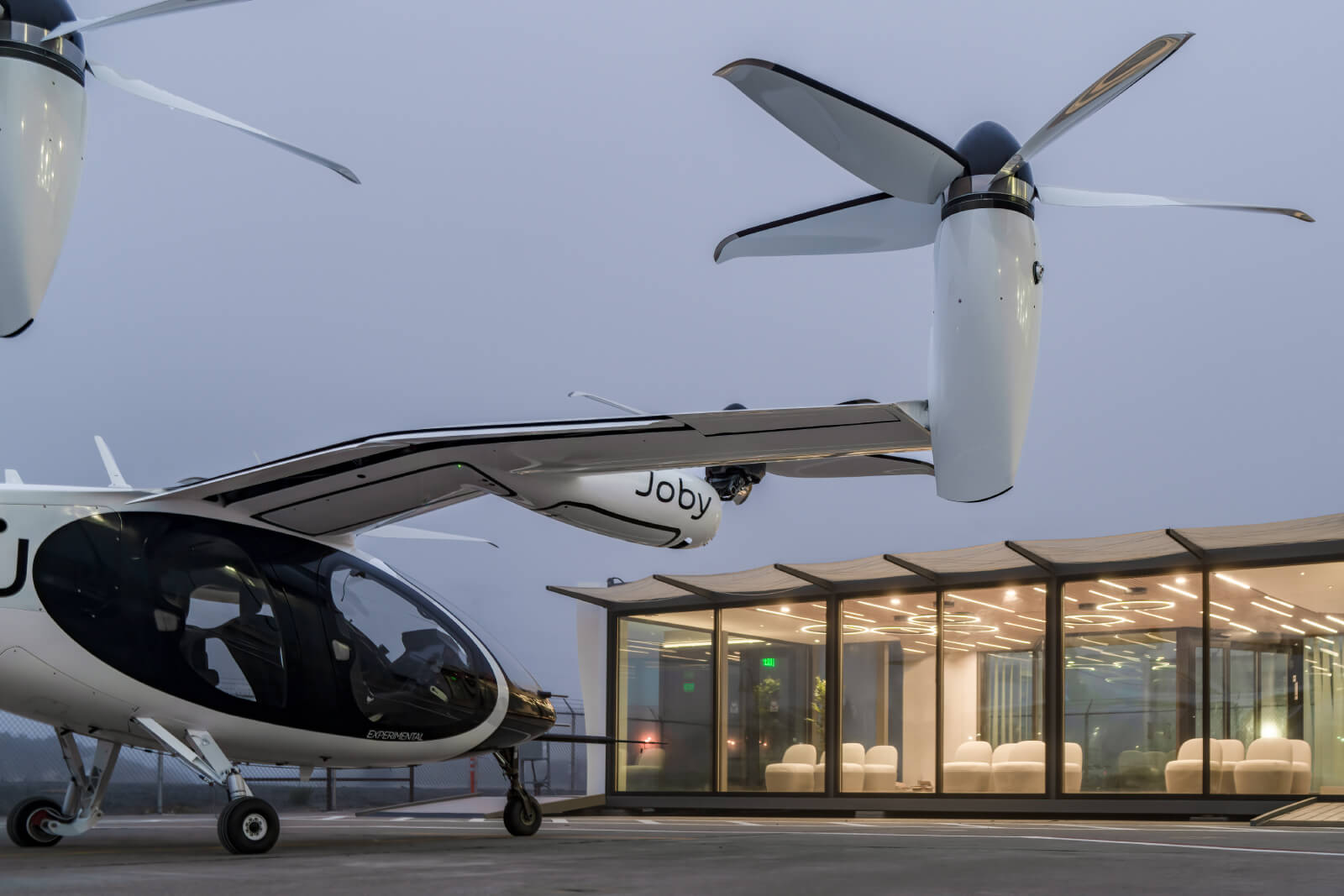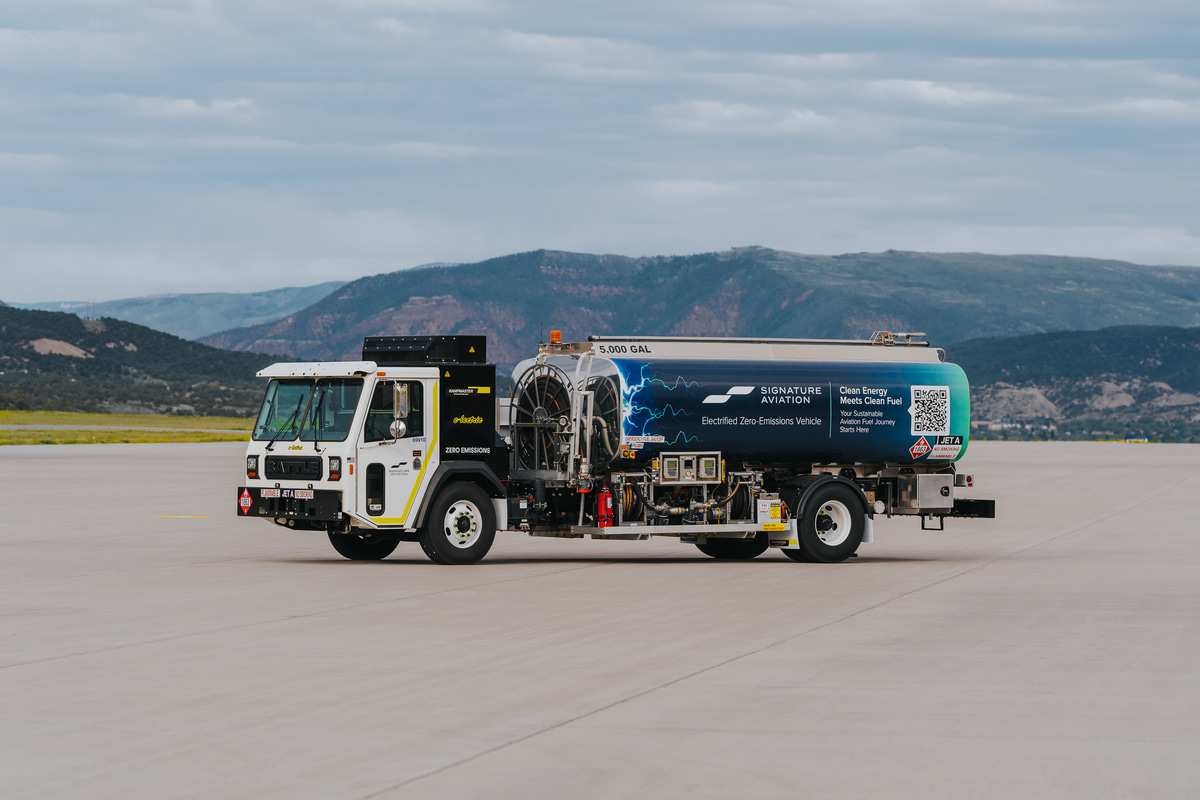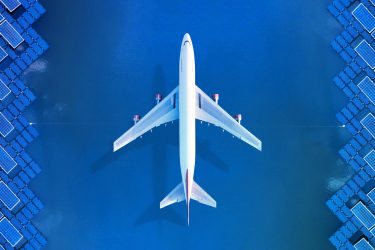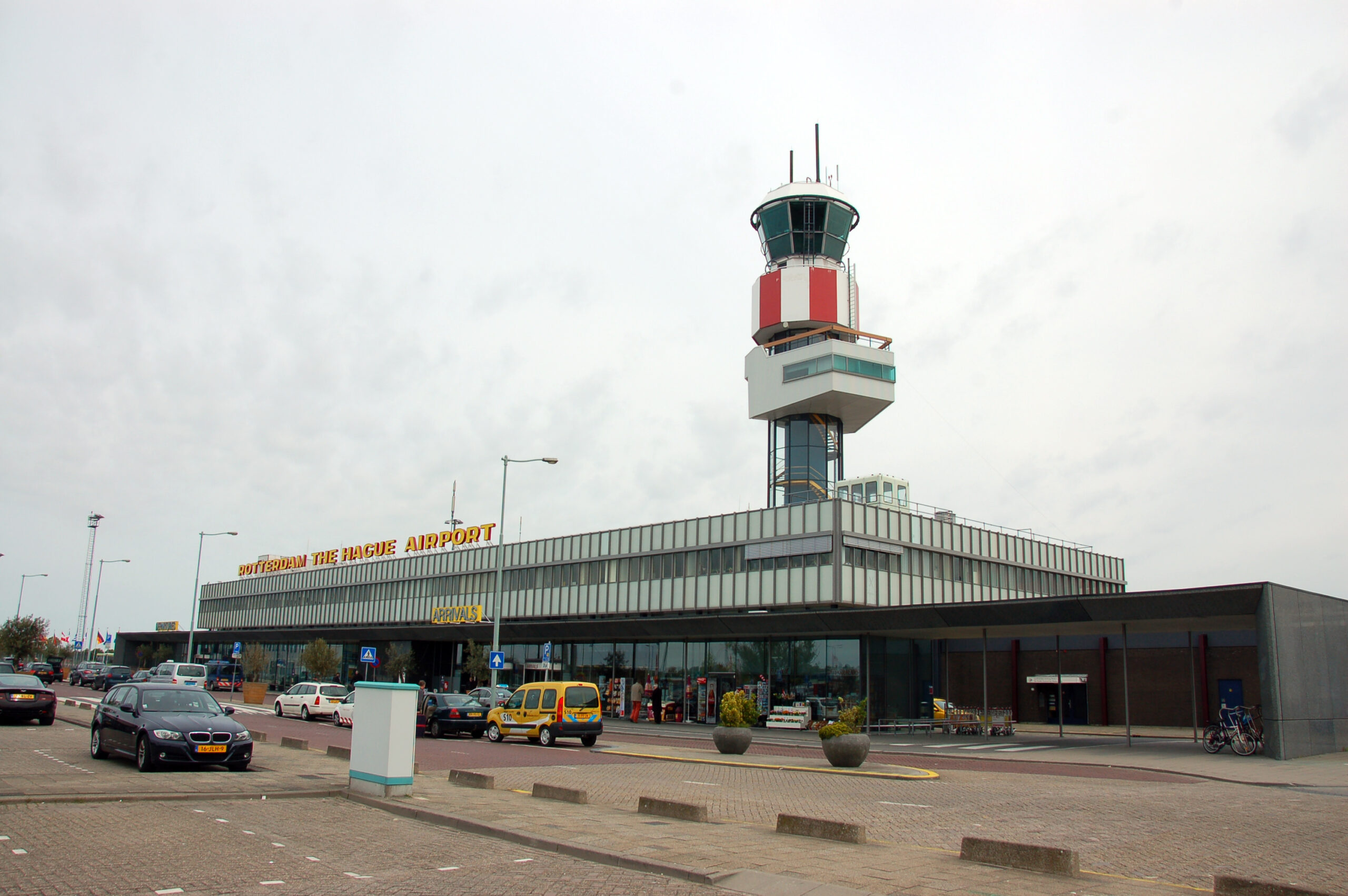
The Hague Airport has signed a long-term agreement exceeding European requirements for lower emission fuels. Home to Europe’s third busiest airport, Amsterdam Schipol, politicians in the Netherlands have set a goal of 14% SAF by the end of this decade.
An EU mandate requiring airports to reach 6% sustainable aviation fuel (SAF) by 2030, rising from 2% next year, has already triggered a number of terminals to begin adjusting feedstocks. However, the Dutch aviation sector needs to move faster due to the significantly higher target set at a national level and officials believe this is only realistic by increasing percentage point growth in the short-terms.
While the SAF sector remains highly divisive due to the remaining emissions, [with] lower carbon fuel the aviation industry’s greenhouse gas footprint could achieve around 65% of the necessary reduction by 2050 in order to achieve net zero.
This leaves significant questions about the ability for other aspects of air travel, including ground infrastructure and aircraft design, to make up the difference. Nevertheless, with the idea of hydrogen powered passenger flights still largely a pipedream, SAF is currently the only real solution to begin the urgent task of lowering the footprint.
‘Sustainable fuel is essential for the future of aviation,’ said Wilma van Dijk, Rotterdam The Hague Airport CEO. ‘This long-term agreement makes it possible for Shell to invest in production facilities while allowing airlines to gradually adapt to a new reality.’
In related news, the UK’s Project Speedbird, which is also driving SAF growth, recently received £9million from the Government to increase research and development. Westminster has already set a target of 10% SAF use by 2030.
An EU mandate requiring airports to reach 6% sustainable aviation fuel (SAF) by 2030, rising from 2% next year, has already triggered a number of terminals to begin adjusting feedstocks. However, the Dutch aviation sector needs to move faster due to the significantly higher target set at a national level and officials believe this is only realistic by increasing percentage point growth in the short-terms.
While the SAF sector remains highly divisive due to the remaining emissions, [with] lower carbon fuel the aviation industry’s greenhouse gas footprint could achieve around 65% of the necessary reduction by 2050 in order to achieve net zero.
This leaves significant questions about the ability for other aspects of air travel, including ground infrastructure and aircraft design, to make up the difference. Nevertheless, with the idea of hydrogen powered passenger flights still largely a pipedream, SAF is currently the only real solution to begin the urgent task of lowering the footprint.
‘Sustainable fuel is essential for the future of aviation,’ said Wilma van Dijk, Rotterdam The Hague Airport CEO. ‘This long-term agreement makes it possible for Shell to invest in production facilities while allowing airlines to gradually adapt to a new reality.’
In related news, the UK’s Project Speedbird, which is also driving SAF growth, recently received £9million from the Government to increase research and development. Westminster has already set a target of 10% SAF use by 2030.




